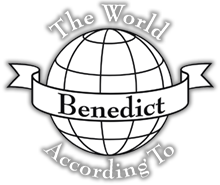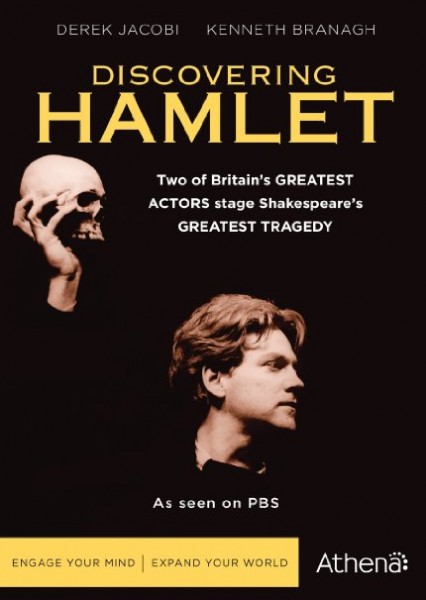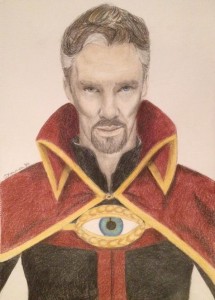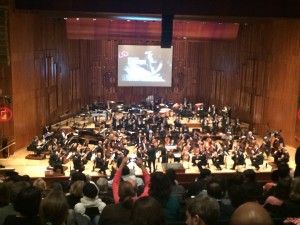Graham Moore’s Oscar award win is just over a month ago and with its Blu-Ray/DVD and iTunes releases, it’s about time to look at “The Imitation Game”’s historical accuracy. I won’t tear this important piece of film-making apart, don’t worry. The following won’t be a scientific piece of work including all the details and sources but a rather personal, still (being) researched point of view if you don’t mind. A more detailed analytic paper will be available some time later this year on my own blog. I firmly believe a story as rich as Bletchley Park’s is almost impossible to bring to the big screen if at all. When you begin to read between the lines, you will find inaccuracies. While the film imitates fragments of historical, you can’t but have to differ between facts and creative fiction. Based on its few characters on screen “The Imitation Game” represents the life and work at Bletchley during the Second World War.
Alan Turing, for example, represents not only himself as the centre-piece of the film but all the other brilliant, eccentric people at Bletchley Park. Alan might have read his books walking backwards, others are said to have thrown their mugs in the lake for no reason or did their work in the bathtub. Moore and the film’s production team looked, of course, at Turing’s life in retrospective with his tragedy etc. in mind. That’s why the mathematician’s on-screen version, though it’s rightfully so the film’s most accurate character portrayal possible, appears to be a loner who is disliked by his team. Inaccurate! Alan might have had trouble with authorities. However his numerous co-workers were impressed by his work, very fond of him and have/had the loveliest recollections of his extraordinary being. Unfortunately there was only room for one important equal, Joan Clarke. I’m just saying “Keith” and “Charles” could have been replaced by Gordon Welchman and Peter Twinn to balance out Alan outsider status.
Speaking of Joan Clarke, she represents every single woman who didn’t make it into this film. There were many at Bletchley fighting for their place, most of them operated the Bombe machines under challenging circumstances. Her coming into the film also shows how people became involved with “Station X” in the first place but in her case she was recruited by no other than Gordon Welchman. Right. Welchman, important man actually, helped to create the Bombe machine, died in 1985, no appearance or mention in the film – why? At this point it should also be said the team of Hut 8 as we watch it didn’t come together at the same time during the war. Anyway, back to Mrs. Murray. Yes, she did indeed marry a man surnamed Murray in 1952, odd coincidence between her and Turing. It is true Joan briefly got engaged to Alan, they didn’t end it at Bletchley though. Why her on-screen version said Alan was a “monster” is still beyond me. Murray seemed to have been very fond of him into her late life. A lot has been discussed about the lack of sex or the romance, at least, between these two characters. As director Tyldum said, Bletchley was a “sexual dessert” to Turing. Andrew Hodges, writer of the biography the film is based on, quotes the codebreaker with “I didn’t miss anything” and I believe this statement. The time spent at Bletchley must have been an exciting time of intellectual equality, pressure and discovery for many and they weren’t allowed to share it with their friends and families for decades. Some later stated Bletchley was one of the happiest times of their lives, it didn’t matter who you were or what your background was. All that mattered was the work you did.
Hugh Alexander represents not only an opposite to on-screen Turing – confident, heterosexual, an accepted lead -, but also sees the future. I wonder if he saw the end of the war and their huge involvement coming as well. He was a chess champion, three times during his lifetime. One word, “Twice”, before the war is sadly inaccurate. Alexander, married at the time and not such an on-screen flirt, was quite a figure at Bletchley who led several Huts. I imagine his behavior towards Turing wasn’t as violent as portrayed. As far as I’ve read he supported Turing in trial in March 1952.
Peter Hilton, later Professor, represents a lot of people who checked the lists on a daily basis at Bletchley to find out whether or not their family members or friends were killed in battle. I don’t know if Peter actually lost a brother to the war or had one for that matter.
John Cairncross represents the spies. He was reportedly the fifth of the Cambridge Spies who confessed in the 1960s. Therefore he wasn’t discovered during his time at Bletchley, nor by Turing. Actually, he worked in Hut 3 and not in Hut 8. To accuse and make Turing a spy in the film is purely fictional to create additional drama. Alan might have been a security risk to some a bit later in his life but that did not make him a spy entirely.
Helen, Helen is great; she represents the entertainment part of the Park. “Station X” wasn’t work only. When people had some time off of their shifts they were able to enjoy a variety of entertainment to keep them comfortable at their work place and distracted from the war. Outside their were tennis courts, inside places to come together and have a drink or share a dance, a play was organized very three months, the canteen wasn’t the worst either and at Christmas there were Christmas crackers. Basically many people met and fell in love with each other at Bletchley, later to be married for the rest of their lives – unable to tell what they actually did work on.
Jack Good, whose character comes in with Joan Clarke in the film, was interviewed by Hugh Alexander to join Bletchley. His character represents everyone who wasn’t cast for the film. Like, literally. The Bletchley Park Roll of Honour is a very useful tool to read up more about the codebreakers. Hut 8 only occupied nearly 180 people. To get you started, simply type in one of the Huts.
Obviously I cannot quote Moore’s entire script and tell you what’s wrong with it. Still, what surprised me right away at the cinema and haven’t got my head around it since is to come: When you do an historical drama it makes the narrative easier to include dates etc. to make your viewer follow along. “The Imitation Game” has done that but not very thoroughly. At its very beginning: 1951. Turing met Murray in 1951, that’s right, on 17th December to be precise. It’s perfectly fine for a film to have a fictional interrogation scene to unfold a human tragedy but why is this one set in 1951? Turing was arrested in on 7th February 1952.
Feel free to follow my Alan Turing / Bletchley Park research here.
Written by freewomenxgrape on 25 March 2015. No comments »
Category: Books, Education, Film & TV, History
Tags: Alan Turing, Bletchley Park, The Imitation Game




